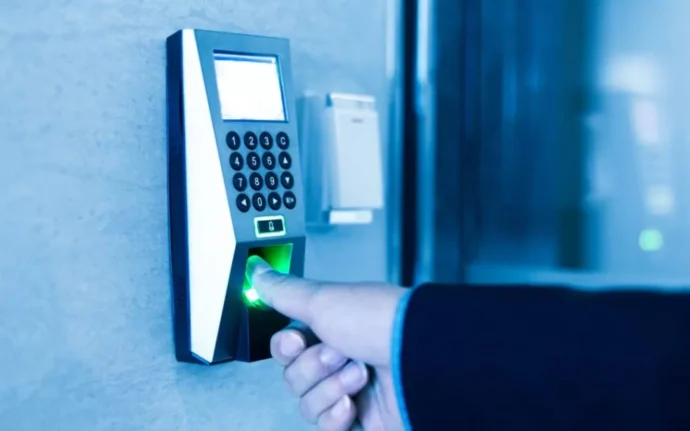Access control is an invaluable tool for keeping a facility or building secure. Access control systems allow owners and managers to secure physical areas while providing users with convenient access privileges. This enhances safety, security, and convenience, and numerous other advantages are also available.
If you consider implementing access control in your facility or building —or already have— discovering all its benefits can help you decide whether the solution is right for your needs. In this article, we will explore some of the critical benefits of having an access control system installed at your place of work or residence.
Automated access control
Automated access control is a powerful tool that removes the cumbersome task of manual access management. It provides a more straightforward, faster, and more secure way to issue and manage access credentials. As well as providing streamlined convenience, automated access control gives end-users peace of mind that their property is safe and secure. Access cards, key fobs, or biometric identifiers can be issued to users to grant them controlled access and accountability with the system.
With automated access control, companies can set different access levels for different people, such as restricting employee access to sensitive areas at certain times. Allowing authorized personnel only ensures extra security for any premises or premises contents, making automated access control an invaluable safeguard against theft and unauthorized activity.
Cost savings

Cost savings are a crucial focus for businesses to remain competitive. Implementing data access control systems in the workplace can aid businesses in achieving such savings. Access control automates processes related to issuing identification cards and maintaining records of employee entries and exits.
This allows organizations to reduce staff involvement while eliminating tedious paperwork for managing physical identity cards and tracking employee movements. Moreover, the cost savings gained through automated access control systems not only free up resources but also help improve security, as tools like video surveillance can be used in conjunction with them.
Enhanced access control
Enhanced access control is a critical factor in ensuring the safety of an organization’s data and its physical premises. By implementing physical security features and digital access controls, organizations can provide secure access to essential areas and confidential information while limiting unauthorized access to these resources.
Enhanced access control secures data from malicious intent and helps organizations comply with government policies and regulations regarding data protection. Furthermore, it provides organizations with complete control over the security of their infrastructure, allowing for more proactive safeguarding of sensitive information and resources.
Increased access control flexibility

Access control systems provide organizations with a great degree of flexibility when it comes to managing their physical and information assets. They offer more sophisticated options than traditional methods, such as mechanical keys and access cards. With access control systems, organizations can tightly monitor user activities.
They can easily assign privileges and other permissions, limit access to rooms, oversee visitors, manage the use of physical resources, and generate reports on logged activities. Such increased access control flexibility allows organizations greater peace of mind in safeguarding their personnel, assets, and confidential data.
Improved access control compliance
Access control compliance is essential for organizations to meet government regulations, industry standards, and corporate security policies. The improved access control technology is now making it easier for organizations to ensure their employees follow these rules. With automated features, comprehensive logging capabilities, and comprehensive user authentication systems, improved access control can benefit an organization’s security posture.
It allows employee activity to be tracked effectively and offers more detailed insight into how they use the system. This can improve response times to any incidents or malicious events within the system, reducing the risk of data breaches or other costly losses.
Easier access control management

Easier access control management can drastically reduce complexity in organizations, enabling a central principle that acts as a single source of data control. Not only are organizations capable of authenticating user information, but they are also able to adjust quickly to changes when necessary.
Thanks to automation within the access control framework, organizations can depend on one single point of truth for a comprehensive understanding of people’s access and authorization statuses. By simplifying the process of tracking personnel access rights, organizations are free to devote more time and energy to other important tasks.
In conclusion
Access control systems offer organizations numerous benefits. By using an access control solution, organizations can increase security and provide more comprehensive access control compliance. Additionally, access control systems offer improved access control flexibility and more accessible access control management, allowing for better use of resources and greater peace of mind.
By leveraging access control technology, organizations can provide a secure environment for personnel and resources while limiting access only to those with approved credentials.















